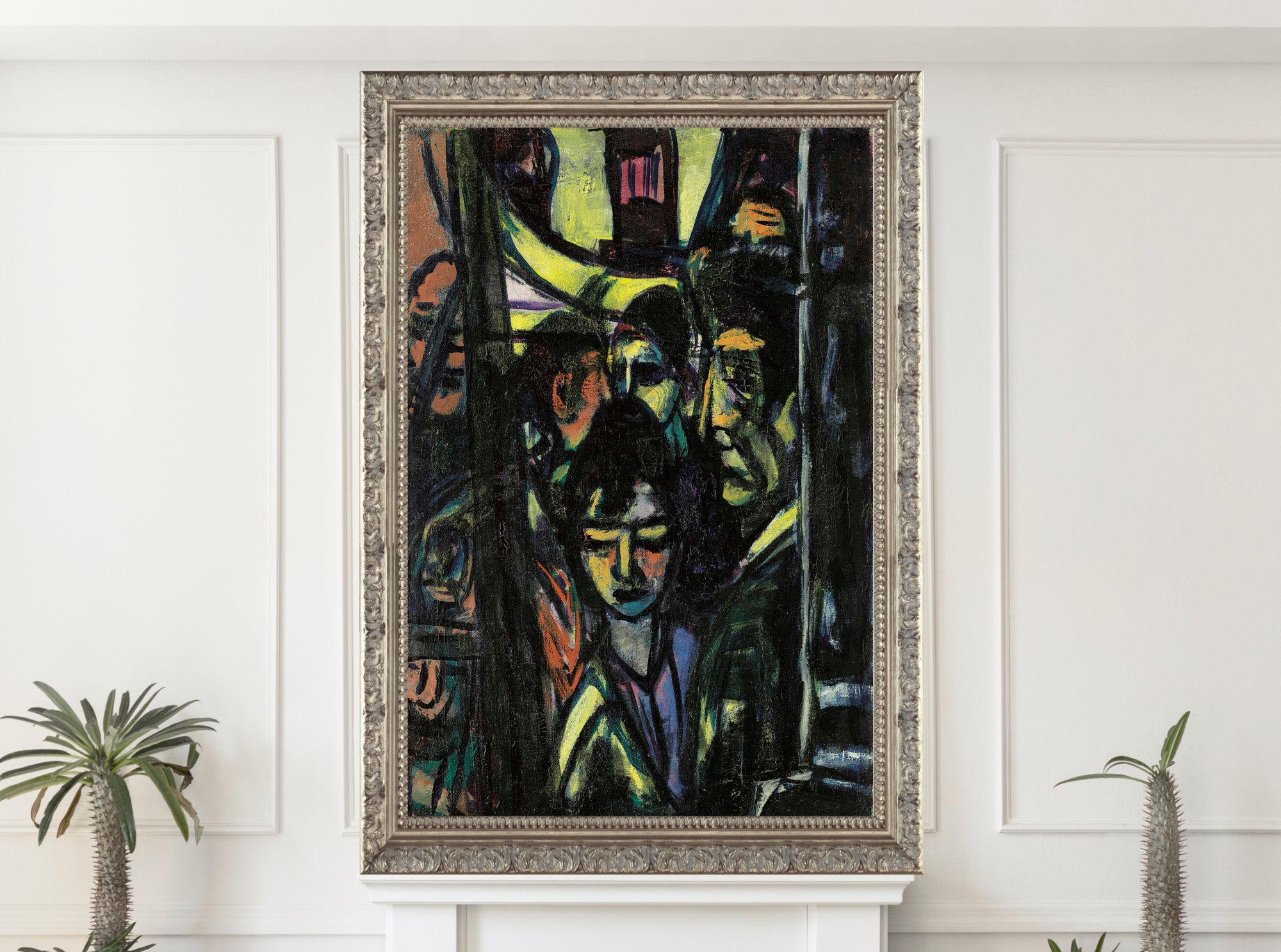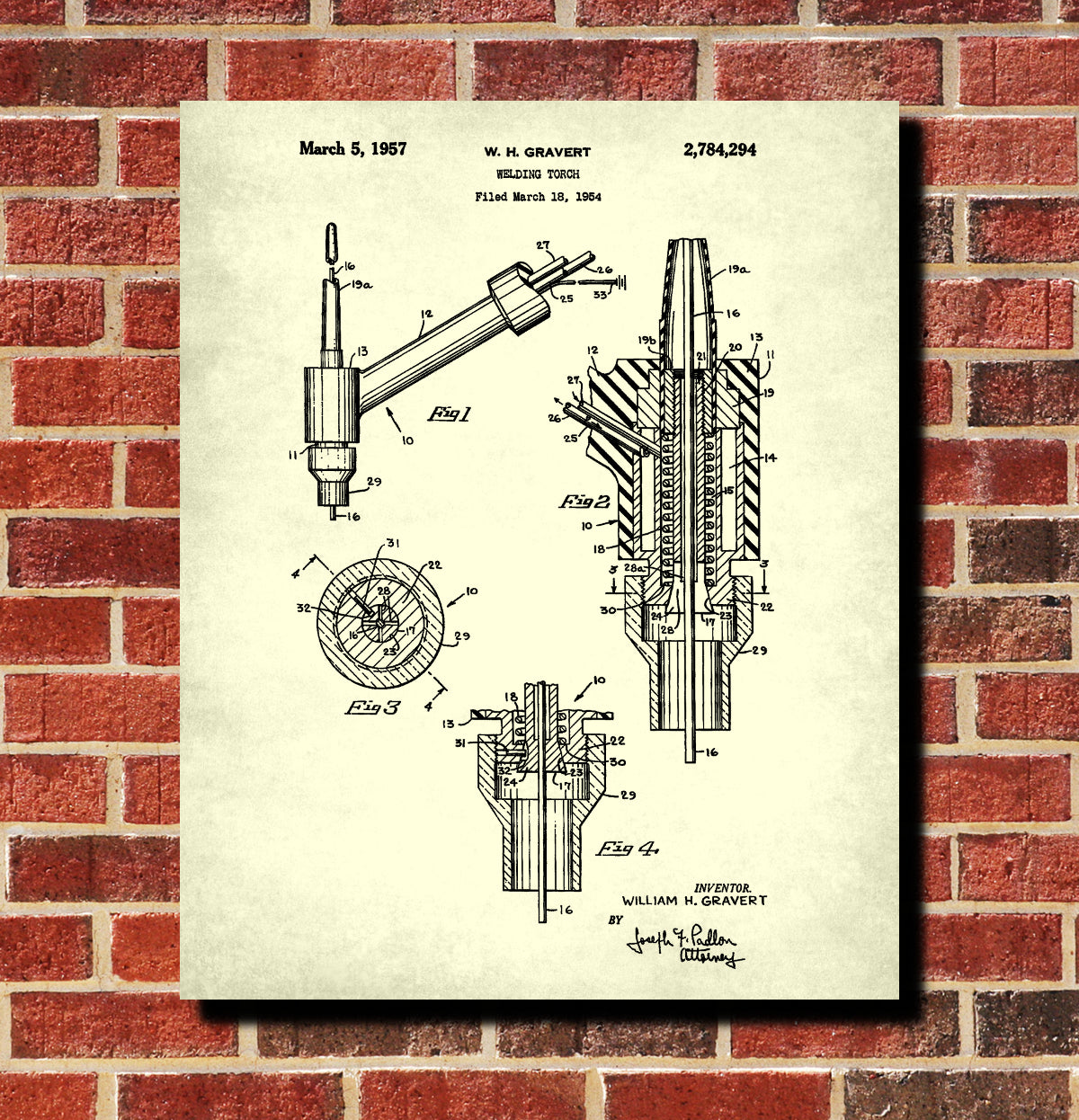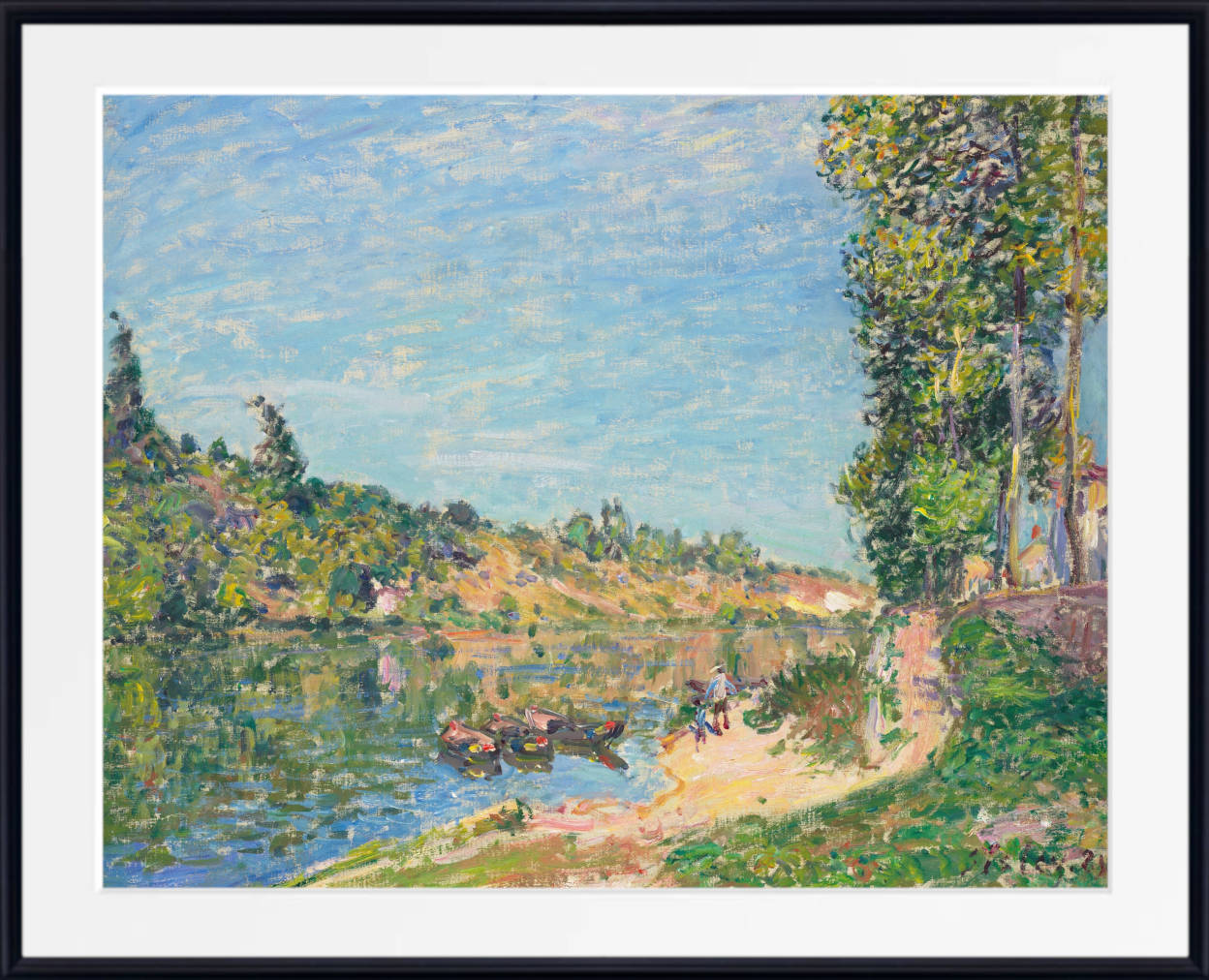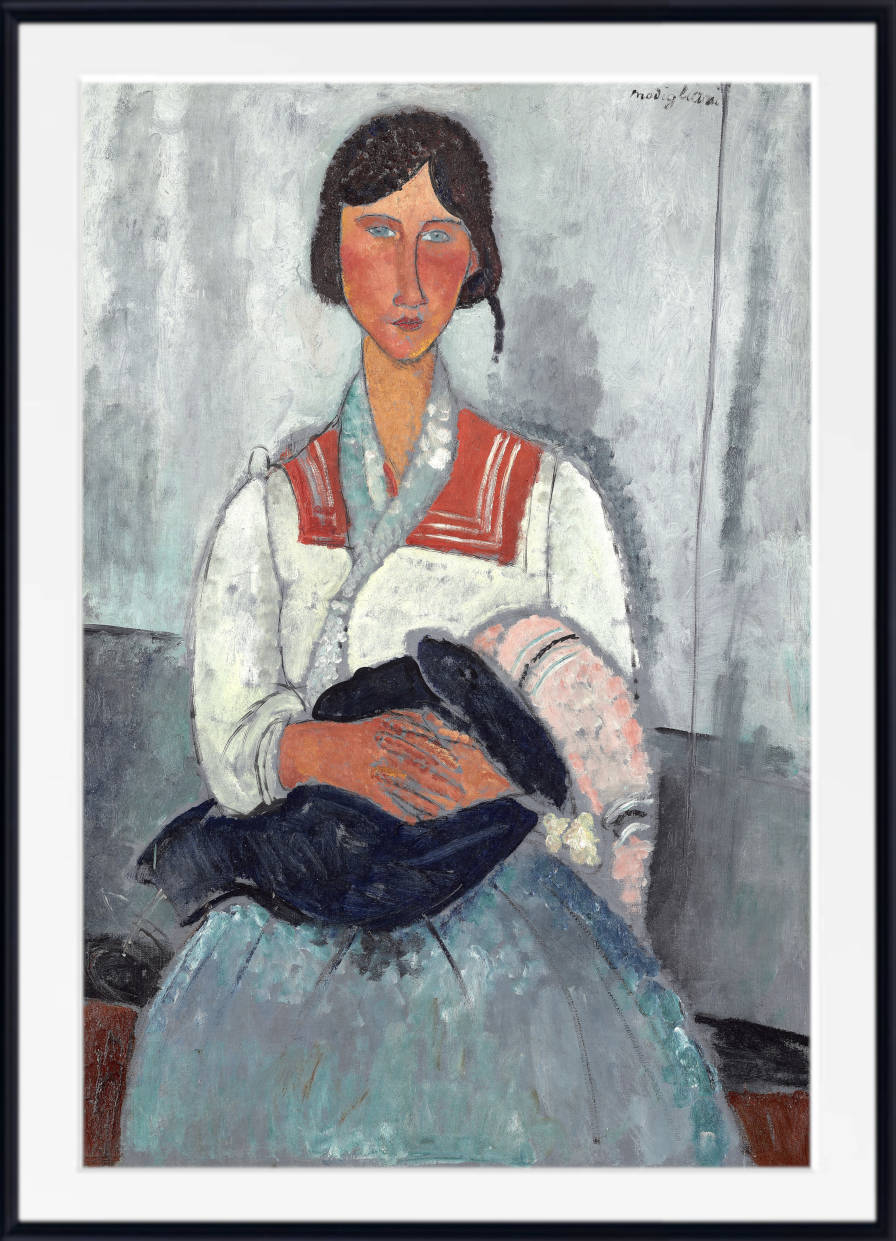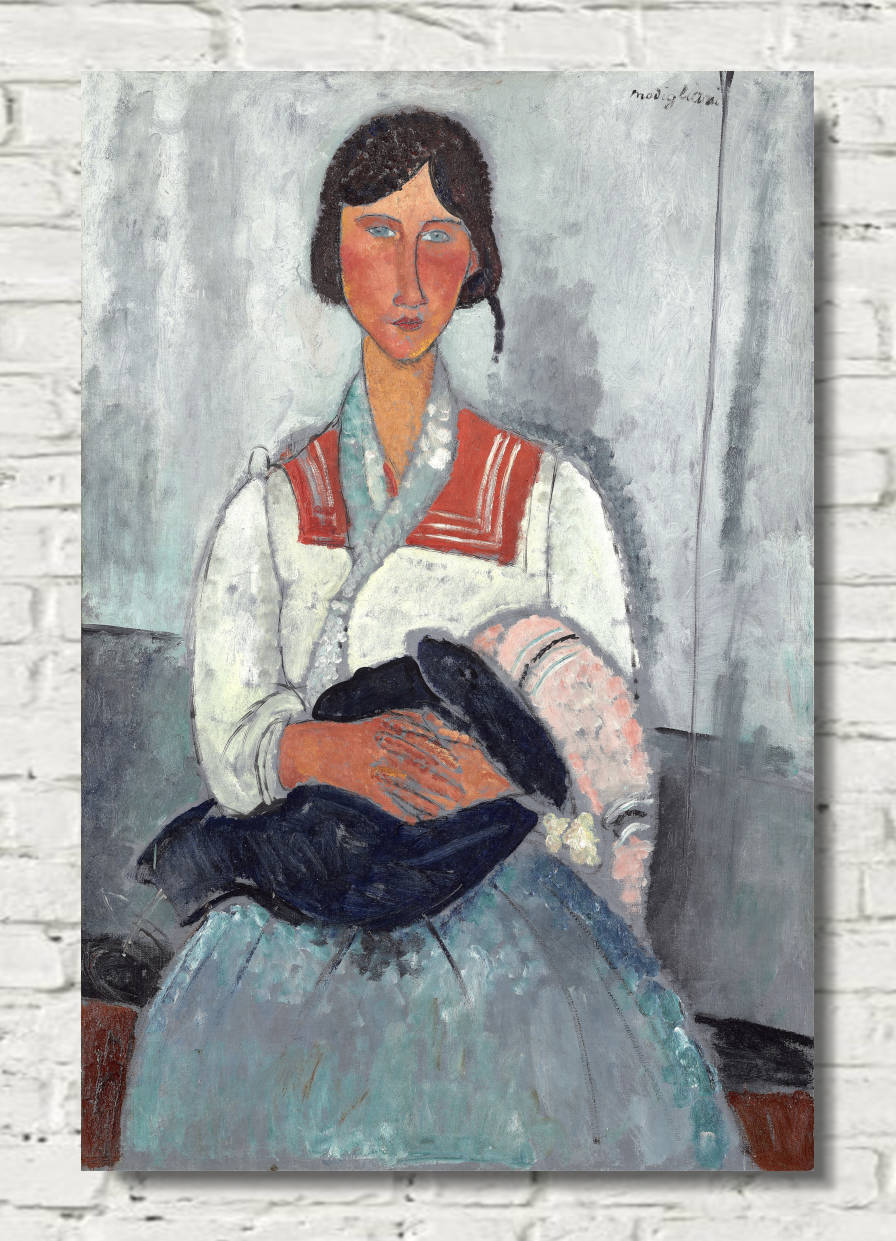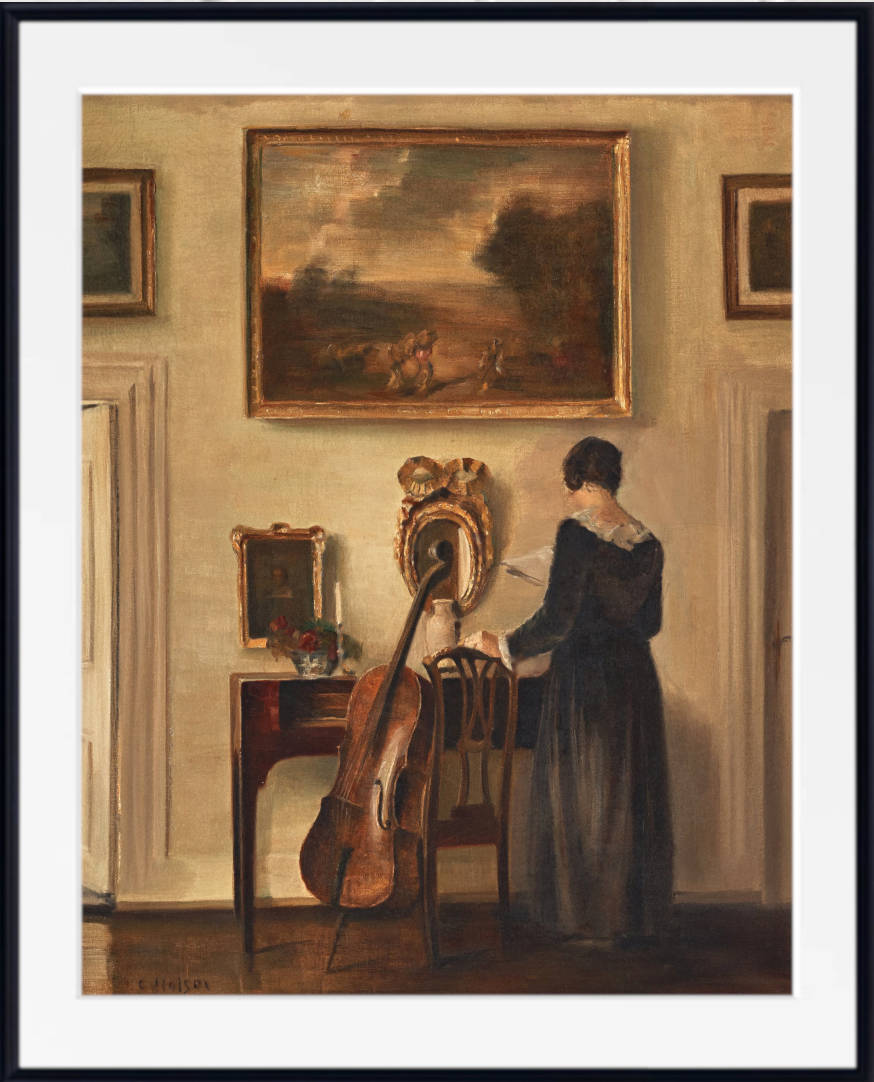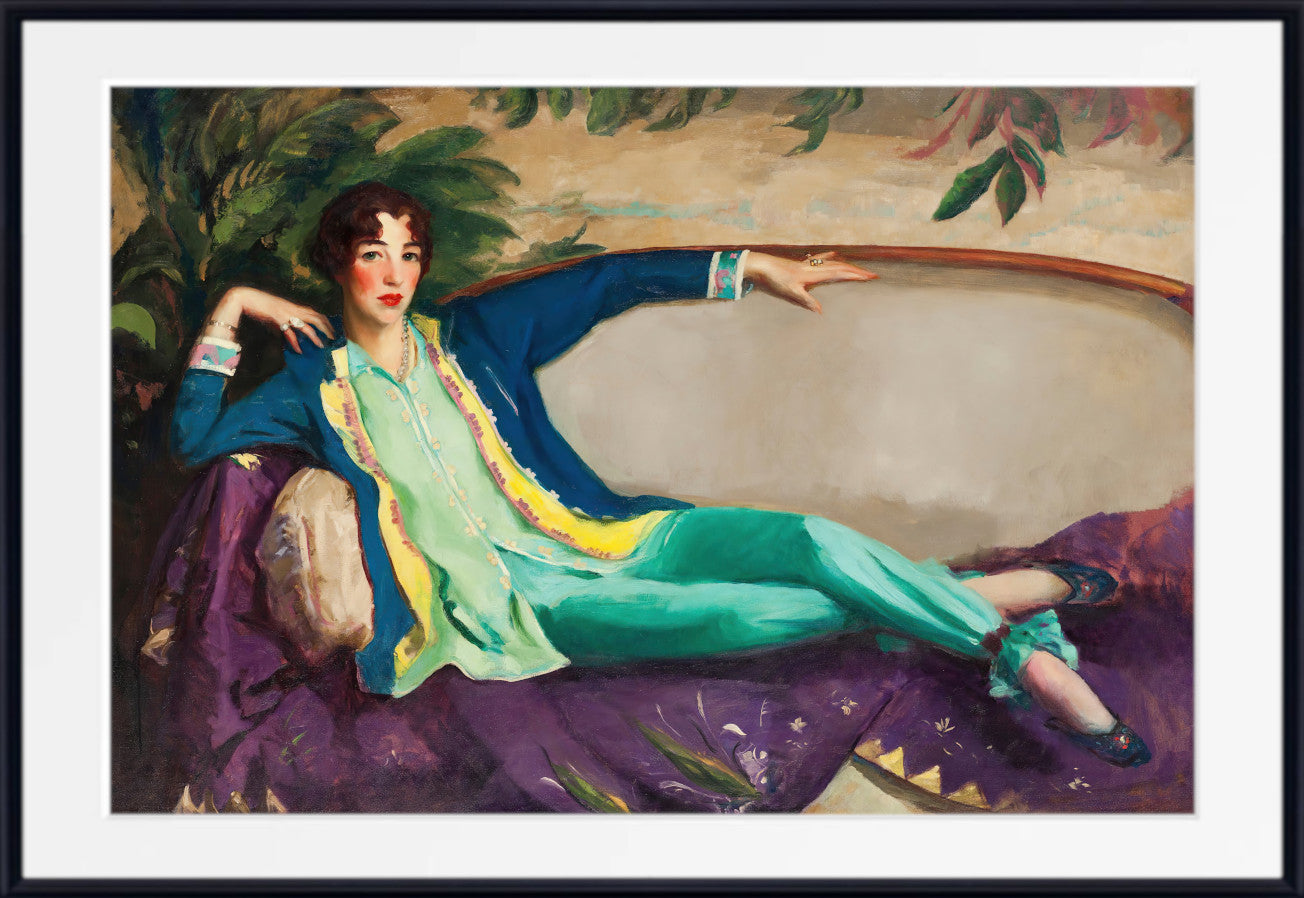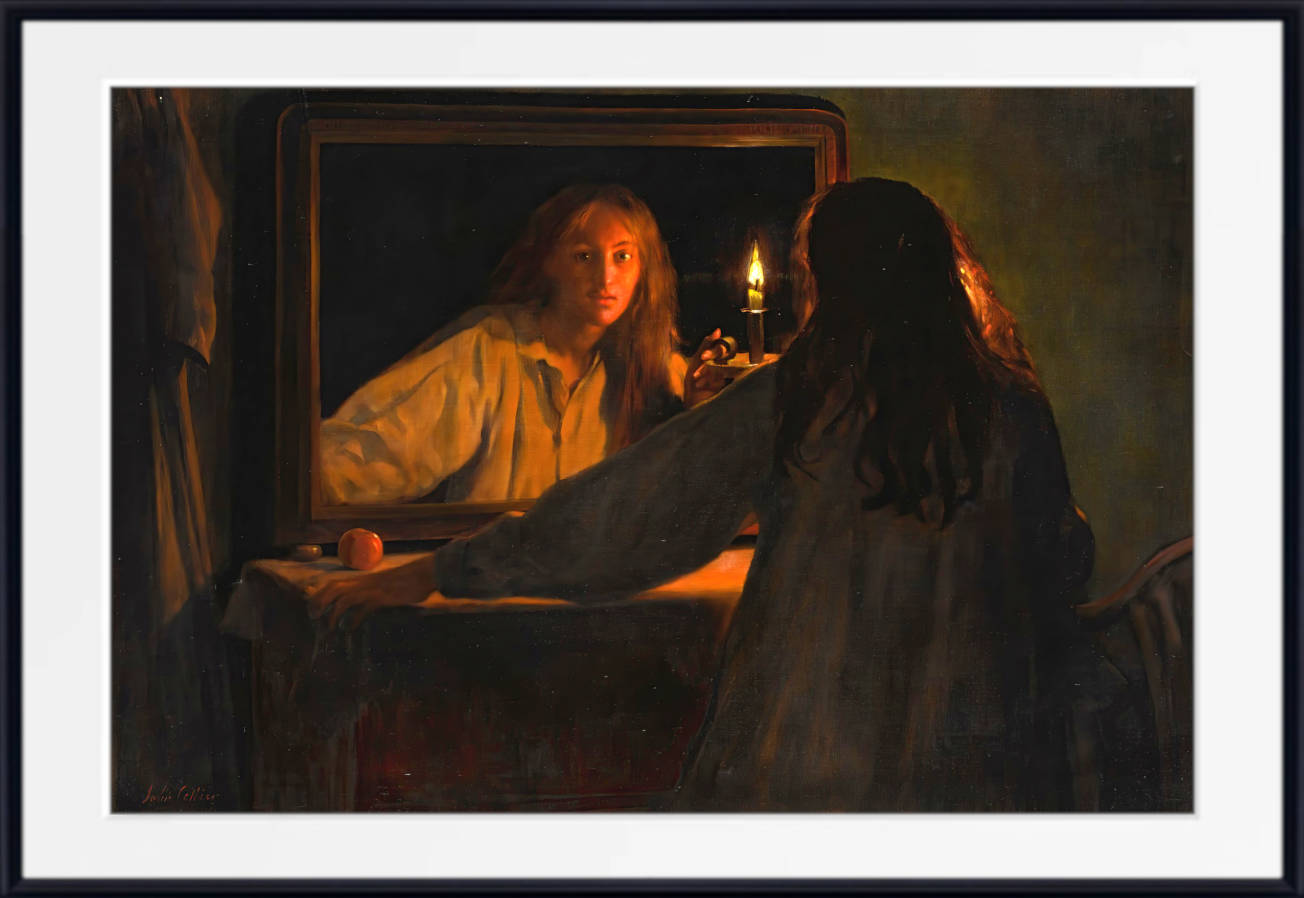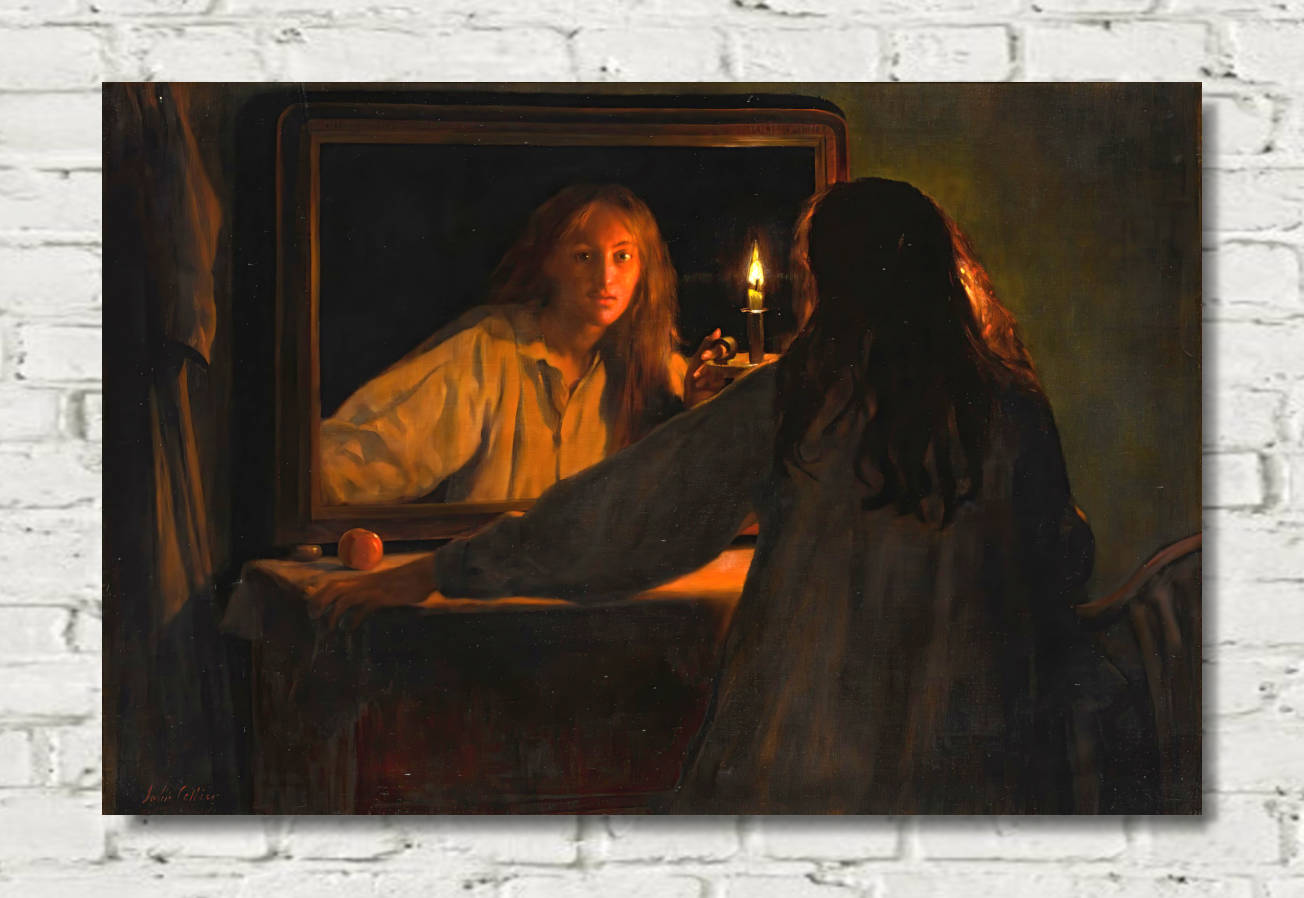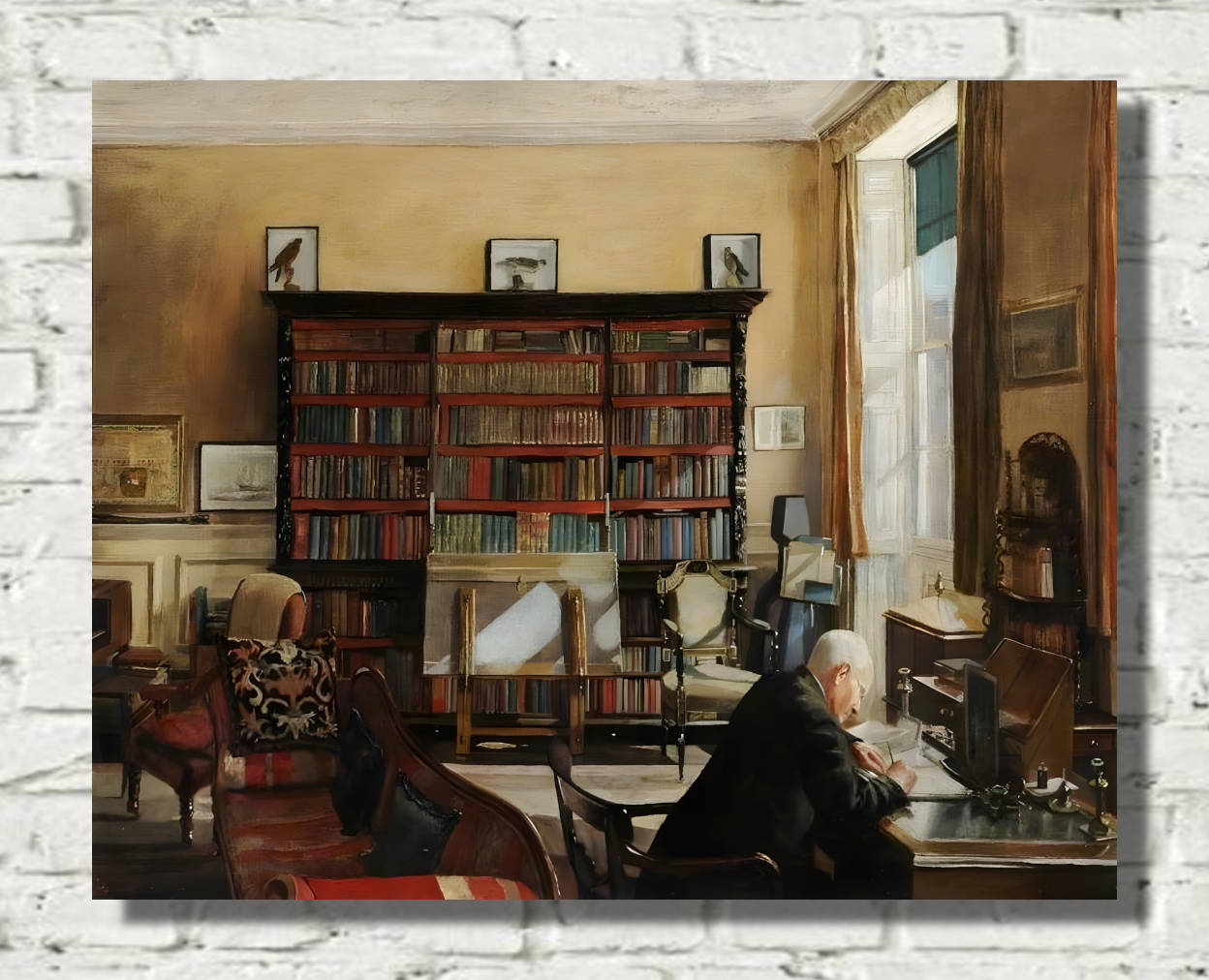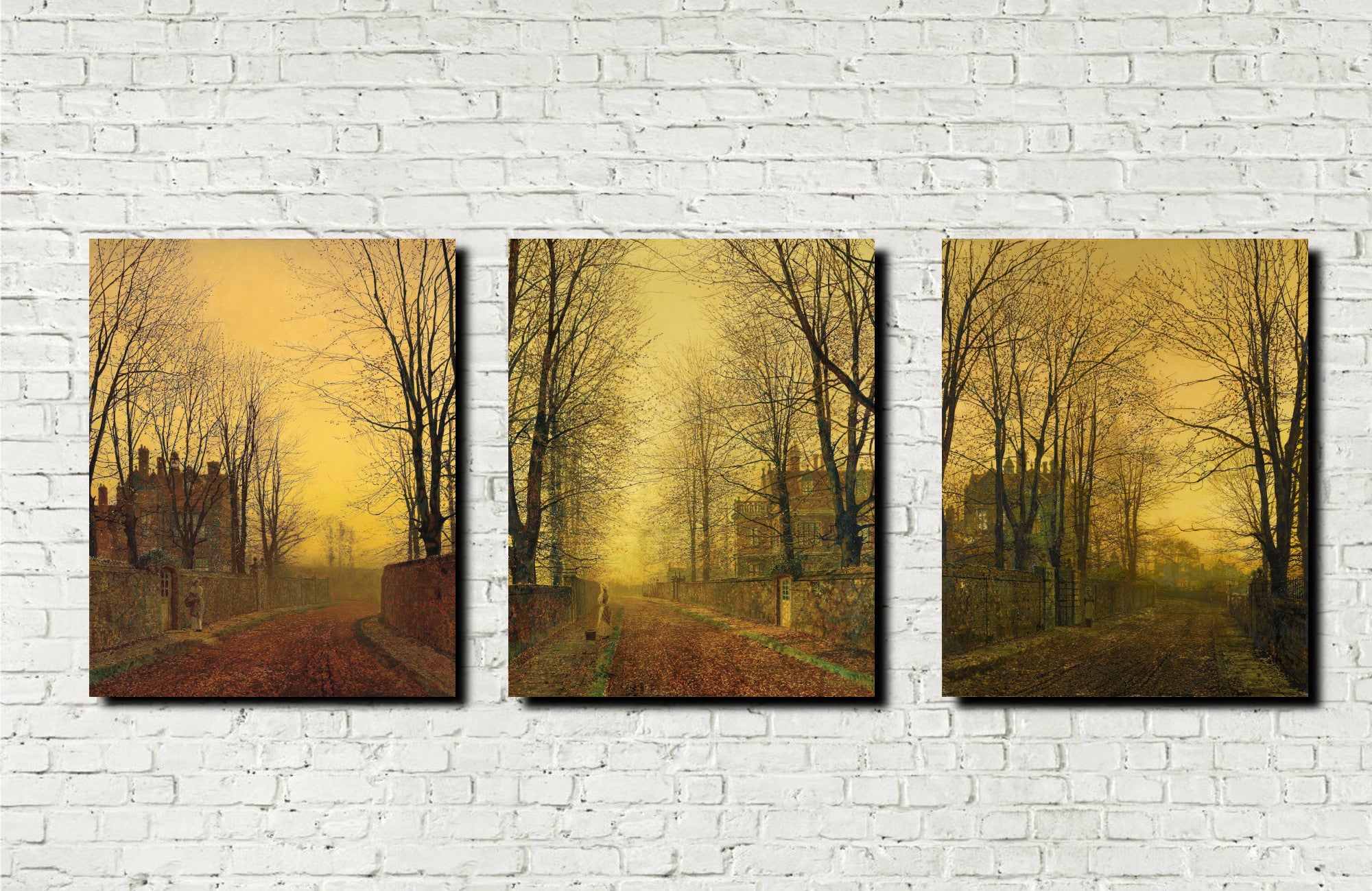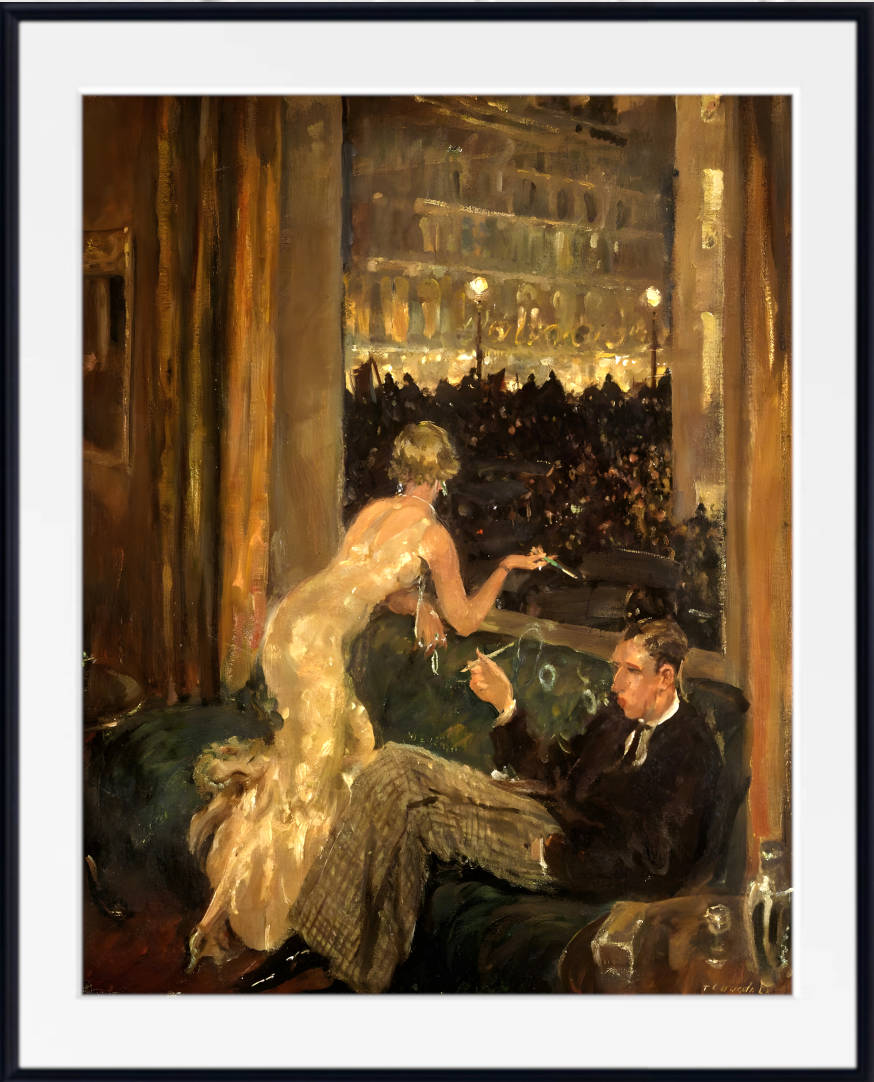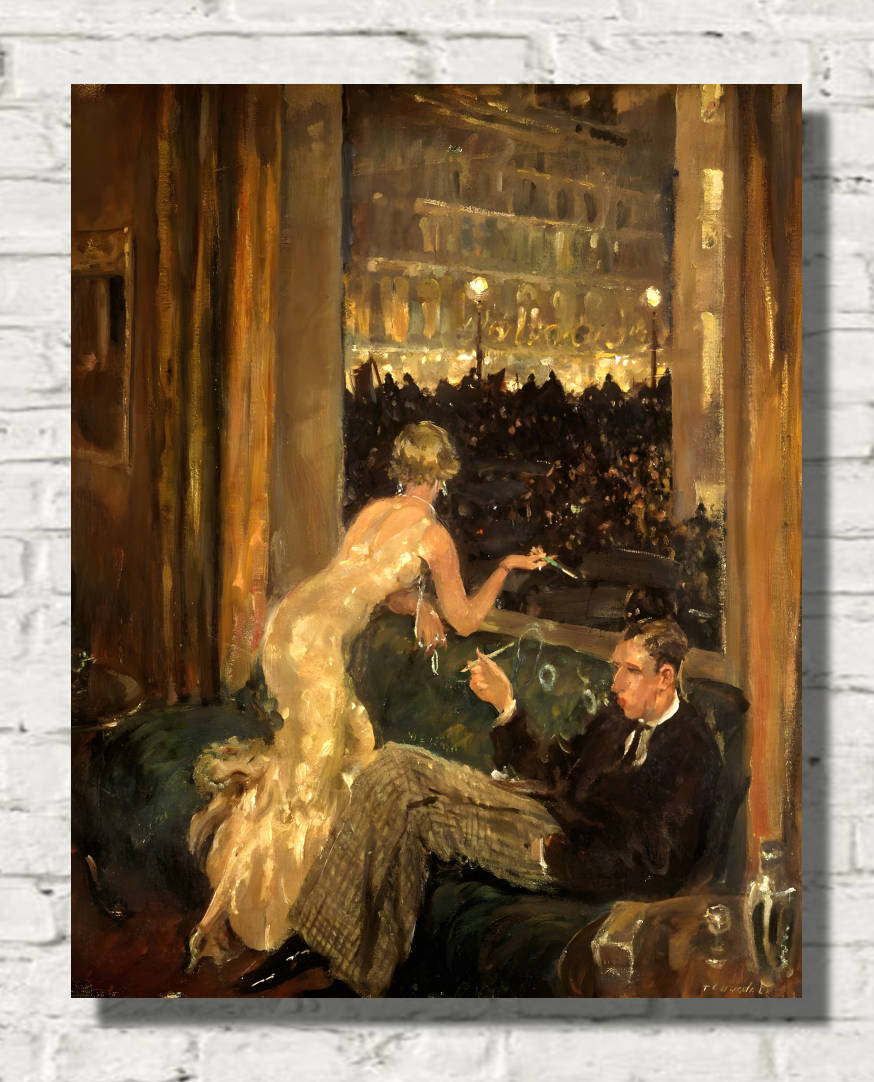Max Beckmann, Café (Hotel de l’Europe) – New Objectivity
Painted with both fondness and regularity during his years of exile, these paintings, which include such works as Zwei Frauen (In Glastür) (1940), Gelbes Café (1941), Bar Créola (1943), Austerrnessinen (1943), Bar, braun (1944), and Kleines Café Drehtür (1944), all make use of a compressed, vertical format to create a picture of a bar or café as a place of intimate and social human interconnection. These pictures do not concentrate on charade, display or artifice- as had so often been the case in Beckmann’s paintings of the 1920s – but on the bar as a gathering place of isolated individuals, all seemingly locked in the prison of their own selves. Often depicted from outside, across the bar or even through a revolving door, all these paintings emphasize the close proximity of people to one another in a confined space. In paintings like Bar, braun for instance, the emphasis is upon the continuing loneliness and isolation of each individual even when caught in such proximity to others. In other cases, as here in Café (Hotel de l’Europe) it is the complexity and business of interaction and the apparent warmth of such collectivity that is conveyed.
On the 27 April, 1947, Beckmann wrote in his diary that, for three hours that day, he had been hard at work on a painting called Hotel de L’Europe. The present work is the only known painting dating from this period that would fit this description. It was itself first listed among Beckmann’s works by the Buchholz Gallery in New York and later in Beckmann’s estate under the simpler and vaguer title of Café. The Hotel de L’Europe was a luxury hotel, still existing, near to Beckmann’s apartment in Amsterdam which the artist and his wife Quappi are known to have frequented during the spring and summer of 1947.
The scene depicted in Café (Hotel de l’Europe) could, of course, derive from any one of the often smart bars and hotels that Beckmann made a specific point of visiting in 1947. It was at this time, and for the first time in many years, that he and his wife were able to indulge in both the luxury and the travel that had, for the main part, been denied to Beckmann during the years of war and Occupation. In 1947, Beckmann, who by this time knew he was en route to a new life in America, made a point of savouring as many of the bars, cafés and restaurants he had been unable to visit during his time of exile and isolation in Amsterdam. Indeed, in his diary from this period Beckmann often made a point of noting down not only the bars and restaurants he had visited but also details of the meals and drinks he consumed there. Amongst many others, therefore, the scene depicted in Café (Hotel de l’Europe) might also depict the entrance to a bar in Nice, the casino in Monte Carlo or La Coupole in Paris.
All prints are made using archival art stocks and UV pigment inks to give up to 200 years life. Prints are sold unframed and unmounted.




